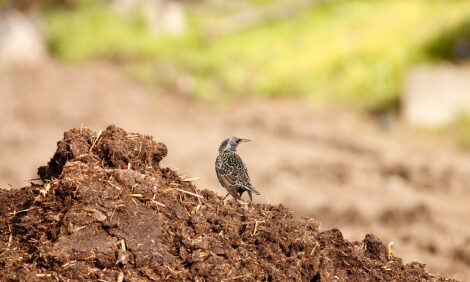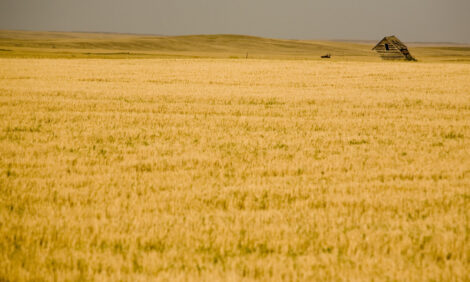



CME: Negative Reaction to WASDE Report
US - Though the estimates in USDA’s February World Agricultural Supply and Demand Estimates represented relatively small changes versus previous releases and did not differ dramatically from analysts’ pre-report estimates, sensitive grain markets reacted quite negatively on Friday — and some of the changes were actually bullish, write Steve Meyer and Len Steiner.And the negative reactions have continued of the weekend. Supply/Utilization tables for corn and soybeans appear on below.

Some key figures from and implications of Friday’s release are:
- US year-end corn stocks were raised by 16 million bushels.
That’s not a big change but corn users—including ethanol plants
— will take any help they can get at this point. USDA made no
changes to either feed/residual or ethanol, the two biggest usage
categories. It did increase non-ethanol food, seed and industrial
usage by 20 million bushels to reflect higher sweetener production.
USDA also shaved another 50 million bushels off US exports
to reflect the "sluggish pace" of exports shipments so far this
crop year.
- Corn usage by category is shown in the chart below. Exports are at their lowest level since 1972. FSI-Non ethanol usage (primarily corn sweeteners) appears impervious to prices. Total feed usage is predicted to be only 2.1 per cent lower than last year as hog and poultry numbers remain relatively high. Ethanol use is down 10.2 per cent and thus so is DDGS availability. The total amount of corn and DDGS available for feed is down 2.6 per cent from last year and is nearly 20 per cent lower than at its peak in 2007.

- US year-end soybean stocks were lowered by 10 million bushels
to only 125 in Friday’s report. In the past 25 years, that figure is
second only to 2003 year-end stocks of 112.4 million bushels and
this year’s forecast 4.1 per cent year-end stocks/use ratio is the lowest
ever. The change is driven by another increase for estimated soybean
crush. USDA increased its estimated season-average farm
price by $0.05/bushel with the new range being $13.55 to $15.05.
- The higher oil output from projected additional crushings was added
to exports while the higher meal production was split between
domestic usage (+150,000 tons) and exports (+100,000 tons).
Projected year-end stocks of both soybean products remained
steady as did USDA’s price forecasts.
- Projected year-end wheat stocks were reduced by 25 million bushels,
all of which was added to feed/residual usage. This year’s
forecast 375 million bushels for feed/residual is 129 per cent larger than lst
year as more wheat is substituted for high-cost corn. The 691 million
bushels of year-end stocks is 7 per cent lower than last year and puts
the projected year-end stocks/use ration at 28.2 per cent, down 15 per cent from
2012.
- Most eyes were on USDA’s estimates of South American crops in this report but there were no large revisions from past estimates. As can be seen below, all of the USDA forecasts were larger than the averages of analysts’ pre-report estimates.

- USDA cut 1 million metric tons (MMT) off both the corn and soybean
crop estimates for Argentina, reflecting continued concerns
over wet planting weather and now hot, dry conditions in major
growing areas. The reductions amount to 39.36 million bushels of
corn and 36.73 million bushels of soybeans. This year’s Argentine
corn and soybean crops are both now forecast to be 29 per cent larger
than last year’s.
- The news for Brazil was better for buyers with USDA increasing the estimated Brazil’s corn cop by 1.5 MMT and its soybean crop by 1 MMT. The forecast corn crop of 72.5 MMT is slightly smaller than last year’s output. The forecast soybean crop of 83.5 MMT would be 25.5 per cent larger than last year’s crop. That 83.5MMT represents 3.067 billion bushels, making Brazil’s output indeed larger than that of the US for the first time ever.








